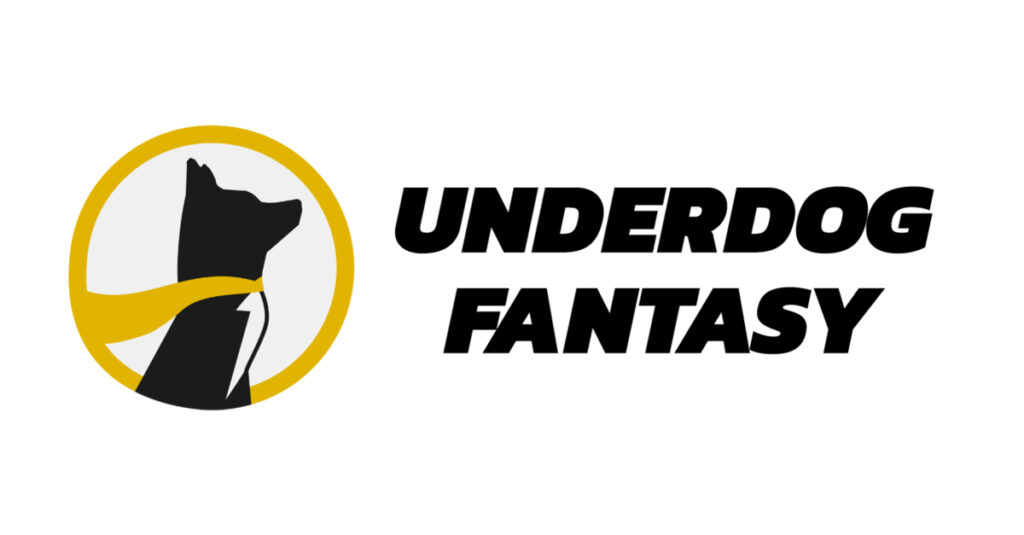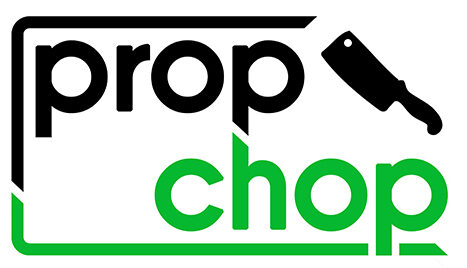
Before Maine passed its own sports gambling laws, the only way for me to play NFL props legally in my state was to make parlays on sites like Underdog Fantasy, SuperDraft, and others. Though the reason for their legality seemed dubious (they were technically classified under ‘daily fantasy’) they were nonetheless allowed. For those unfamiliar, picking props on Underdog works like this: you build a parlay of between 2 and 5 props, using players from at least two teams, with some correlation restrictions. The payouts are always structured the same: 3x, 6x, 10x, and 20x.
Doing some quick parlay calculator math we can see that this means the props are actually priced differently, depending on how many legs you wish to bet. Two legs profits $200 on a $100 bet, or +200 odds. That means each leg is priced at about -135. Three legs profits five to one, or +500, four legs is +900 and five legs is +1900. Three, four, and five leg parlays are priced at about -122 per pick. This makes three to five leg parlays a better value than two leg parlays, although they are more volatile. This understanding of pricing is important, because it’s one of the metrics we will use to find value, or lines that seem underpriced based on the Underdog payout structure. For instance, if we find a prop that is consistently priced at something like -135 at all other books, and Underdog is offering the same line, we are getting a bit of extra value using it in our parlay based on their payout structure.
The other thing that is important to consider with Underdog’s structured payout settings is correlation. At traditional sportsbooks, when you wish to select two lines from the same team or game that are coordinated, you generally receive significantly worse odds on your parlay because the two events are often likely to either happen or not happen in tandem. With Underdog’s structured payout settings, you receive no such decrease in odds. This season, Underdog has tightened up many edges of their games, and they have added many additional limitations to what types of props you can play in the same bet. As recently as last season, you could for instance bet Kirk Cousins’ passing yards over in tandem with Justin Jefferson receiving yards over. No longer is that the case. You can, however, bet similarly correlated lines, such as a Kirk Cousins’ passing yards over paired with Alexander Mattison’s rushing yards under. Should the Vikings find themselves behind and chucking, you’ll find your props in a great game script for a double victory.
So now we understand two important things we’re looking to identify with our picks: we’re looking for lines that are priced with a steeper risk than Underdog’s pricing structure, and we’re ideally looking to exploit correlation when possible. The principle is the same as stacking in daily fantasy, where you’re frequently looking to identify games with a high-scoring probability and select many players from that game, as opposed to nine disparate players with no correlation between their outcomes. So what’s the best way to go about identifying these lines? Depending on how much time you want to take, there’s a few different approaches, but this was my general process: I’d use a spreadsheet to compare Underdog’s lines against Pinnacle sportsbook, which I consider to be pretty sharp, and projections from two different sites, SportsLine and NumberFire. Occasionally I would also compare against the price of other popular books, like DraftKings or FanDuel. I would also often look at other related information, like recent player and team box scores, team defensive rankings, player injuries, and so on.
I would look to identify lines in which many of these factors aligned. If the pricing of the line was more favored on Pinnacle, the projection models looked promising, and recent historical data proved noteworthy, I would mark those picks as good. Then I would look to build a parlay that may include one or two similarly positioned props with some correlation to the first. Building parlays in this way gives you a great foundation for success, because you’re identifying the lines that may be slightly more favorable on Underdog than elsewhere, and building in some correlation that can give you a few extra percentage points. Three leg props were often my bread-and-butter; I’d get some QB+WR pairing on one team, and an opposing QB or WR in the same game, if I believed that game looked like either a shootout or a low-scoring affair. You can’t get quite as correlated as you used to be able to, but you still can to an extent, and it’s still advantageous to do so when it makes sense. These types of signifiers are relevant to any type of sports betting, but this is how I specifically applied them to Underdog picks.
Last season, I made about $4k through structured prop parlays of this nature, with wagers ranging between $50-$100. Over a sample size of 277 individual props, I was correct 59.9% of the time. This season, I am at 60.6% (see the “Past Results” page for a detailed list). Parlays are fun, though it can be frustrating when you miss many in a row by one leg each, failing to structure your parlays into wins despite a good individual hit rate. With Underdog now offline for the state of Maine, I may look to a different service like Drafters for the same experience. Caesar’s official sports betting should be live sometime next month, at which point I’ll have the option of simply betting individual props, or the tantalizing prospect of building a monster parlay! At any rate, I’ll be posting tomorrow (10/26/23) with my thoughts on the Thursday Night Football game between the Bucs and Bills, and posting any worthy prop picks I might find. Good luck to us all!
